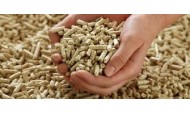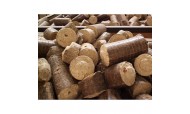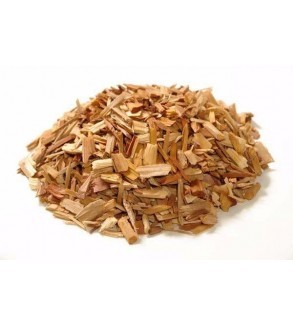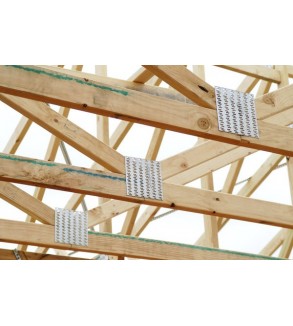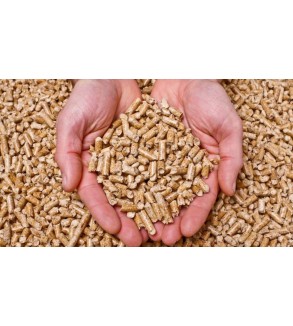Wood chips
Wood chips Biobrasa are a byproduct of the timber industry, resulting from the processing of wood in sawmills and furniture factories. They consist of small pieces and chips of wood that are generated during the cutting, sanding and other wood processing operations. Wood chips have several applications and benefits, including:
Wood Panel Production: Wood chips are often used in the manufacture of particleboard, MDF (Medium Density Fiberboard) and OSB (Oriented Strand Board). These panels are widely used in construction, furniture and other applications.
Fuel: Wood chips can be used as fuel in boilers to generate heat and power. They are a renewable energy source and can be used in residential and industrial heating systems.
Pellet Production: Wood chips can be compressed to produce wood pellets, which are a dense and efficient form of fuel. Pellets are used in greenhouses and boilers for heating.
Fertilizer and Soil Improvement: Wood chips can be composted and used as organic fertilizer to improve soil fertility. It helps increase organic matter and water retention in the soil.
Landscaping: Wood chips can be used as ground cover in gardens and landscaping areas. It helps control weeds, retain moisture and improve aesthetic appearance.
Paper Production: Wood chips can be processed to produce wood pulp, which is used in paper manufacturing.
Construction Materials: Wood chips can be used in the production of construction materials such as eco-bricks and other composite products.
Biofuel Production: Wood chips can be used as a raw material for the production of biofuels such as cellulosic ethanol.
Wood chips are a valuable resource that can be utilized in many ways, contributing to sustainability and the circular economy. Their efficient use helps reduce waste and maximize the value of natural resources. B



